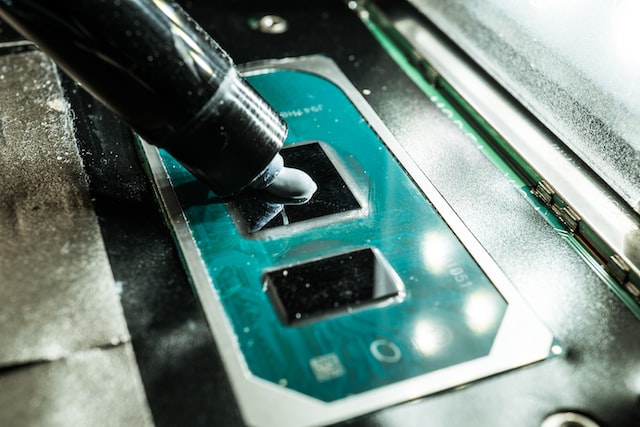If you Google something like “how often should I reapply thermal paste” you’ll get a wide range of results. Companies that sell products usually give a timeline of about six months, but this is partly because they are businesses. They are solely concerned with making a profit off of you.
Naturally, if it helps their bottom line, they will tell you to change it more often than is strictly necessary. But there are some engineers who say that you never really need to replace thermal paste.
In this post, we will explore the different ways to use thermal paste and its reapplication schedule if needed?
Ways in which Thermal Paste may be Utilized
First things first, though: what exactly is thermal paste, and why is it used?
When you set up your computer’s cooling system, you’ll need a paste called thermal paste or thermal compound. When a processor needs a thermal solution to function at peak efficiency, this is what it has. Modern graphics cards already have thermal paste on them, so you don’t have to worry about putting it on yourself. You’ll have to buy a bottle of thermal paste or apply it yourself if you’re building a custom gaming setup and intend to use liquid cooling.
If the cooling or radiator needs to be replaced because of any of the above problems, it is also important to use DIY thermal paste. Close inspection of a cooler’s or heat sink’s metal base reveals that it isn’t perfectly flat. There may be insufficient heat transfer because of these imperceptible cracks. The heat transfer between two surfaces is reduced along with the size of the spaces between them.
Quality of the Thermal Paste
Most new graphics processing units (GPUs) already have thermal paste on them when they are sent out to be installed. The thermal paste used for this GPU is probably also of good quality, if it comes from a renowned manufacturer.
How often should I reapply thermal paste and how do you do it? Here’s where things get tricky.
Instead of installing a new part, it is better to use a warm compress again after troubleshooting or fixing weak heatsink fins or coolers. Tubes of thermal paste are all you need to get this done. Do not skimp on quality; instead, invest in a well-known brand.
It’s possible that low-quality thermal paste, which can be the result of basing your decision on cost, will dry up and need to be reapplied within a year. The things we talked about in this article that can be used instead of thermal paste don’t last very long.
Why Do You Need Thermal Paste?
Even though the metal CPU cooler base and IHS look perfect, the smallest flaws on these plates can make it much harder for the CPU to cool. Thermal paste is used to connect two surfaces that don’t touch each other well enough.
Because of this, heat may be transferred more effectively. Use thermal paste to keep your central processing unit from overheating. There will be fewer performance difficulties, including throttling, thanks to a CPU that stays at a more consistent temperature.
GPU and CPU Environment
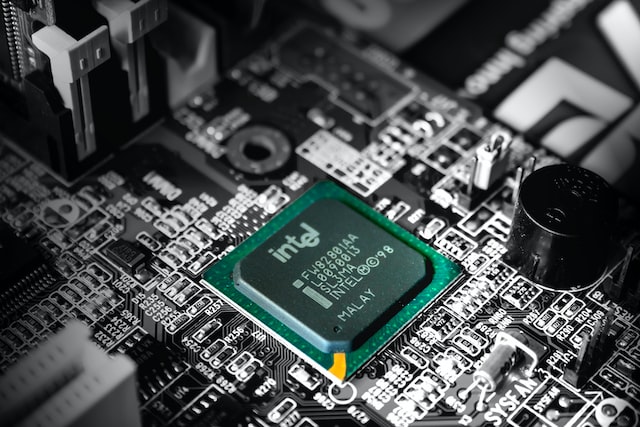
If you’re wondering how often should I reapply thermal paste, you might look no farther than the internal hardware. This presumption has the potential to cause a lot of trouble. You know that central processing units (CPUs and GPUs) heat up very quickly and need a cooling system to keep them from overheating.
A cooling system is put in place for the CPU to last as long as possible. This is usually a fan that is mounted next to or all around the CPU case. Because of this, you should keep this fan (and any other temperature controller) in perfect shape. Think about how quickly dust and filth would be sucked up by a conventional fan.
Consider the fan on your computer sucking all the dirt in your bedroom into its guts. See? The efficiency of your computer’s cooling system is impacted even by the surrounding environment. If dirt gets into this fan or cooler, your graphics processing unit or central processing unit can overheat. The simplest kind of upkeep is to just clean the space in which your desktop or laptop is kept. Always keep it clean.
How to Often Should I Reapply Thermal Paste and Clean It Off CPU: A-Step-By-Step Guide
You won’t be left to figure out the ins and outs of your PC hardware on your own, so relax. We’ll cover everything here that’s important to know for a smooth transaction. From answering how often should I reapply thermal paste to the way of cleaning it off from your device, all them are discussed here!
1-Organize Your Resources in Advance
Having access to all the required tools is essential. The following items are the requirements:
- Isopropyl alcohol of at least 90% purity. For this reason, 99 percent or more is the ideal concentration to use because it evaporates quickly. To further clean the thermal paste, you can also purchase a specific product.
- An anti-heat paste.
- Towels made of dry microfiber material.
Furthermore, you should maintain a tidy work area.
2-Remove the CPU Cooler
There’s no getting around it; you need to take off the CPU cooler before you can get to the processor. Here is the process on disassembling a CPU cooler:
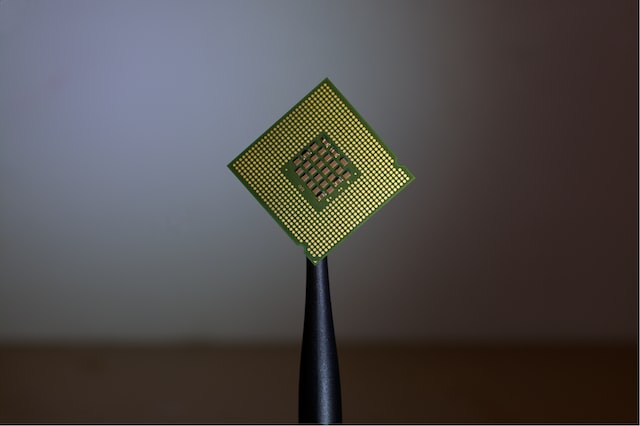
- First, give your machine a few minutes to warm up. The thermal paste will soften and release the CPU from the heatsink, making removal considerably simpler than if the paste were cold.
- Power down the PC and disconnect the CPU fan’s cable.
- Disengage the cooler’s fasteners; if you’re unsure how to accomplish this, consult the cooler’s user guide.
- The cooler may be unlocked by gently twisting it back and forth. If the heatsink is yanked or pulled up too high, it could cause damage to the CPU’s pins, so be careful.
- Coolers that aren’t standard issue may or may not include a vendor badge, and if they do, removing it is usually not too difficult. For removal instructions, please see the owner’s manual or a similar model’s removal video posted on YouTube.
- The heatsink should be simple to remove once it has become loose.
The heatsink continues to refuse to budge despite your best attempts. Restart your computer again, but this time let it run for at least an hour.
3-Remove Thermal Paste From Parts of a CPU
This article details the process of removing thermal paste from a central processing unit.
- To remove the old thermal paste, rub it with a dry microfiber cloth. Any “loose” pieces can be filtered out this way.
- Saturate the microfiber cloth with a tiny amount of the solution you’ll be using (isopropyl alcohol and thermal paste cleaning, for example).
- Get rid of any thermal paste that may still be on the CPU’s interior and exterior. If you move too quickly or roughly, you could cause harm to the CPU.
- Don’t forget to clean up the edges as well.
- The CPU needs to dry. Drying time will vary depending on the solution, but plan on an hour minimum. The instructions for a product should say how long you have to wait after applying thermal paste remover.
- To complete the process, wipe away any remaining thermal paste from the heatsink (use the same process).
4-Reapply Thermal Paste
Apply thermal paste once again. When using thermal paste, be sure to read the included instructions. It’s vital to verify any specific application requirements before proceeding doing the procedure. Also crucial is familiarity with how to reinstall the central processing unit cooler.
To continue, just do what’s outlined below:
- Carefully dispense a little quantity of thermal paste onto the core of your processor.
- Return the heatsink to the central processing unit carefully. Lay it as straight as you can so the paste can spread easily.
- Set the CPU cooler in place. Don’t let go of it; it must be held securely.
✎ IMPORTANT NOTE IN USING THE THERMAL PASTE
The process must be restarted if the cooler rolls or falls. This is because the thermal paste loses its effectiveness when the heatsink is moved, which breaks the barrier and lets insulating air pockets in. Proper paste application is crucial, as insufficient paste will not protect the CPU. The motherboard could be ruined if you apply too much paste.
When Do You Change Your CPU’s Thermal Paste?
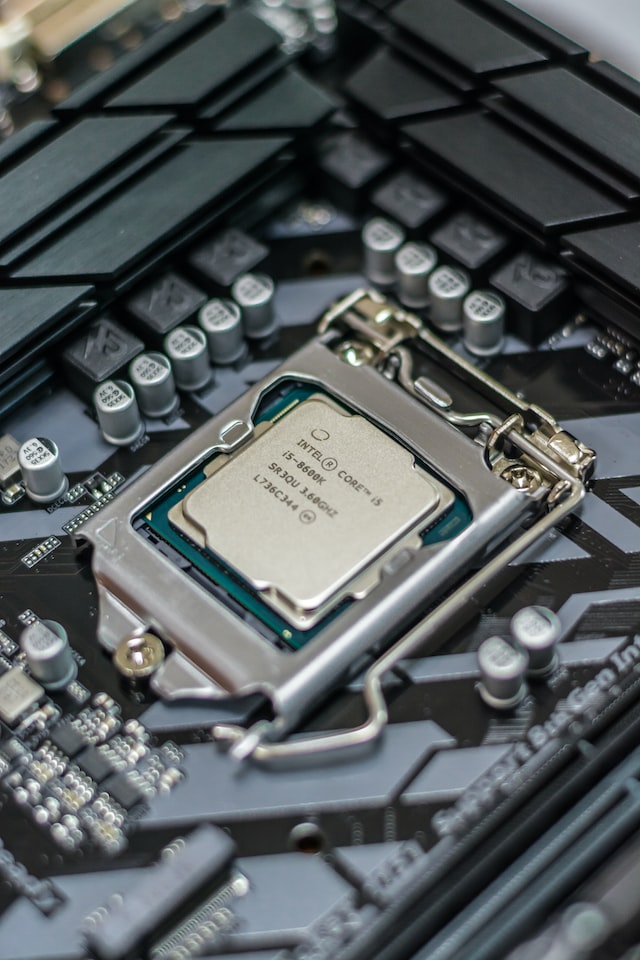
The frequency with which thermal paste should be replaced is a frequently asked question. The difficulty is that this is only ever brought up once issues have already occurred. A fresh coat of thermal paste is required if you see any of these signs.
The most noticeable is if you’ve upgraded the CPU or CPU cooler. Because of its unique properties, thermal paste can only be used once. Every time the CPU cooler is taken off of the CPU, it needs new thermal paste.
Before putting on a new layer of thermal paste, it is important to get rid of all of the old paste. After removing the CPU cooler, you should check the thermal paste to see if there are any air bubbles or if it is dry enough to be replaced. If it looks like the thermal paste is flaking, you can take off the old paste and put on new thermal paste.
Factors Affecting the Thermal Paste
Please consider the following considerations when choosing thermal paste. These may also help in determining the schedule how often should I reapply thermal paste:
1-CPU Temperatures
Thermal paste is used in order to remove warmth from the CPU as rapidly as possible. Because air is such a poor heat conductor, you’ll need more than just an air cooler to keep things comfortable. Thermal paste is used for this purpose. Before the cooler even starts to work, the thermal paste has already started to bring the temperature down.
If the temperature is always high, the thermal paste on your CPU may dry out more quickly. When this variable is taken into account by other people or even websites, the durability of thermal paste becomes highly variable.
Some say it only lasts two years, but others report using it for ten years straight without touching up the thermal paste once. However, under extreme conditions, the thermal paste on your CPU can dry out faster than usual.
2-Location of the Computer’s Tower
The same reasoning as before, but with more emphasis on making sure your PC has enough airflow. Put your device in a cool, shady spot, out of direct sunlight. This will ensure that your PC tower maintains the optimal temperature. You should also locate your PC in a visible area.
It could be anything that provides a level surface and raises it off the floor, such as a desk or a computer stand. This is because, if left on the floor, dust will be sucked up by your computer. It prevents proper ventilation and may cause damage to your other components.
3-Thermal Paste Mixture
A thermal paste is made by mixing a polymerizable liquid matrix with conductive additives that don’t conduct electricity. Most of the greatest PC thermal pastes are really composed of liquid metal. Because different brands use different materials, each brand’s thermal paste has a different formula when it comes to how well it moves heat. It’s possible that some brands are trendier yet less durable than others.
How Long Does Applied Thermal Paste Last?
The main problem with thermal paste is called “pump out,”. It happens whether you bought a CPU with thermal paste already on it or cooled it with an external system with better thermal paste.
There is a temperature mismatch between the die and any heat-spreader (CPU or GPU) and the heatsink of the cooler. When this disparity persists over a large number of heating and cooling cycles, the thermal paste ends up dying and the heatsink is pumped out.
Companies suggest removing thermal paste from your CPU’s thermal or CPU cooler once every two to three years. Even high-end formulations can keep efficacy for up to seven years after placement.
How Long Does Stored Thermal Paste Last?
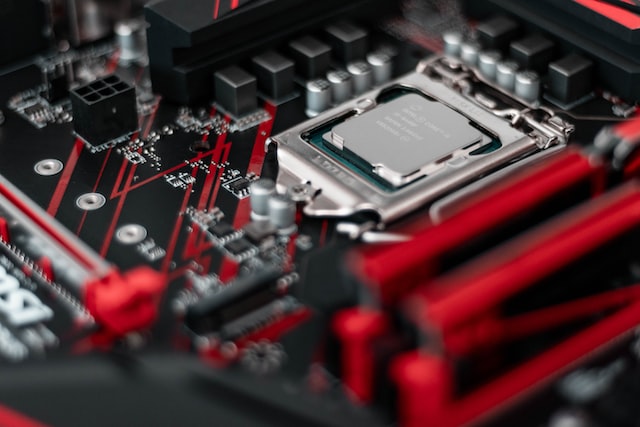
The amount of time a container of thermal solution will stay good for depends on the solution’s brand and how it’s stored. Experts recommend storing the solution in a cool, dark place, out of direct sunlight, for a minimum of two years.
Bad thermal compounds will be flaky, thick, or entirely dried out, and will be easy to spot. Getting a new thermal compound is necessary in this instance. Even while some producers say their compound is good for up to five years. After two or three years you will begin to see signs of dryness.
How Often Should You Reapply Thermal Paste?
You’ll get conflicting results if you Google “how often should I reapply thermal paste?” Companies that sell tangible goods frequently give time frames of roughly six months for when they expect their products to hit the market.
Your money is what they seek. When a company’s bottom line can be improved by encouraging customers. To replace a product before it’s worn out, you can bet that’s the advice they’ll give. Some engineers, however, argue that thermal paste is unnecessary and should never be changed. Specifically, there are a few well-known brands that are renowned for their decade-long lifespan.
Frequently Asked Questions
Q: Can thermal paste really last for a decade?
If the thermal paste inside the CPU has dried out, you will need to replace it. Apply a new coat of thermal paste after wiping it away with rubbing alcohol. When properly stored, thermal paste has a three-year shelf life.
Q: In what timeframe should I run my CPU?
Changing the paste isn’t necessary more often than once every several years, but it should be done anytime you move the cooler from its usual location. If the temperature of your processor seems to be going up, you may need to add more thermal paste.
Q: Are tubes of thermal paste still usable?
When stored safely away from direct sunlight and other sources of heat, thermal paste tubes can often last for years. Most tubes of thermal paste are intended to be used only once, as the amount you require may be estimated.
Q: Is it necessary to replace the thermal paste if it’s been three years?
The shelf life of a standard thermal paste is not three years. To get the best results, use an Arctic Silver compound. They are first-rate and can easily last for several years. These can be used twice for roughly $5.
Wrapping Things Up
How far did you go? How should I reapply thermal paste? Applying thermal paste will improve your computer’s performance. In order to keep your computer running smoothly, you should replace the thermal paste every three years. Whenever you take the CPU out, whenever it dries out, and whenever it overheats.
Combining thermal paste with other cooling strategies is optimal. To be safe, once a year is the minimum frequency. It’s usually not necessary. If you use a good paste and your computer isn’t abused, you should only have to replace the paste once every 5 years.
Changes to the criteria apply if unusual components such as liquid metal are included. It’s expected that you know what thermal pastes are. No manufacturer uses them by default. It’s because they require too much maintenance for so little benefit.

